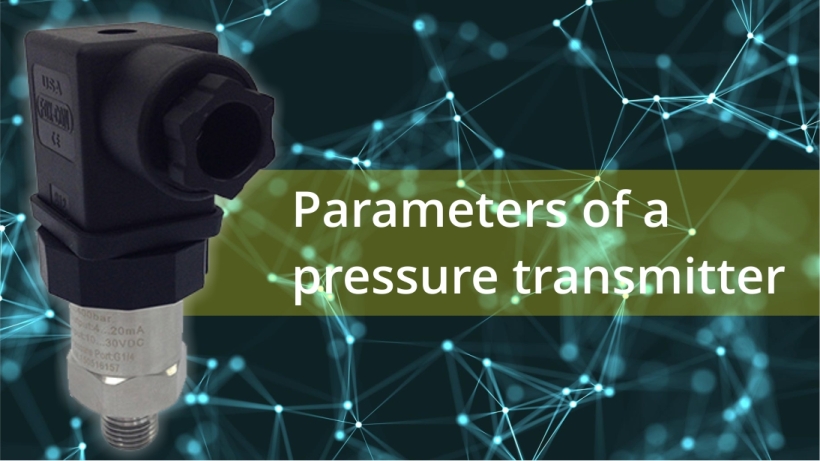A pressure transmitter operates in extremely complex and important processes in various applications. Its performance offers an answer to a series of points to be monitored, but for that, a lot of concepts must be understood. Among these concepts, follow the most important.
Range: is the measurement limit and covers from minimum to maximum pressure that the transmitter can measure, for example, 0 to 5080 mmH2O. The maximum range is 5080 mmH2O.
Zero: This is the lowest pressure at which the transmitter has been calibrated.
URL (upper range limit): This is the highest pressure the transmitter has been set to measure, respecting the upper range limit of the sensor.
LRL (Lower Range Limit): This is the lowest pressure the transmitter has set to measure, respecting the lower limit of the sensor range.
Span (Calibrated Range): The working range in which calibration is performed is known as span, for example, from 500 to 3000 mmH2O, where the span is from 3000 to 500 = 2500 mmH2O. Span is the same as URL - LRL.
Zero Suppression (is the amount by which the lowest value exceeds the zero pressure value): Suppression occurs when the transmitter indicates a level above the actual. In level measurements where the transmitter is not installed at the same level as its high socket and there is a need to compensate for the liquid column in the transmitter socket. This type of installation is necessary when the transmitter is at a lower level, which in practice is the means of choice for easy access, viewing and maintenance. In this case, a liquid column is formed at the same height as the liquid inside the impulse socket and the transmitter will indicate a level above the actual one. This must be taken into consideration and is called zero suppression.
Zero Elevation (is the amount by which the zero pressure value exceeds the lowest value): In closed tanks and the differential pressure transmitter is located below its Hi socket and there is no liquid seal in the Low socket, the column The amount of liquid applied to the Hi socket must be compensated, thus doing zero suppression. If liquid is sealed in the low pressure socket, compensation is required on both liquid columns applied to the Hi socket and the Low socket. This is called zero elevation.
Zero Shift: This is a constant error in all measurements and can be a positive or negative error. It can occur for various reasons, such as temperature changes, mechanical shocks, different potentials, improper grounding, etc.
Span Shift: A change in derivation of the input / output ratio is referred to as a span change. An amplitude error may or may not be followed by an offset error. Typically, calibration errors involve only interval errors and are less common than those involving amplitude and zero errors at the same time. The vast majority of cases in transmitters change to zero.
Hysteresis: is the phenomenon in which the output of the pressure transmitter differs from the same input applied, depending on the direction in which the input signal is applied, ie whether it is rising or falling. Normally, the pressure transmitter is calibrated using the 0, 25, 50, 75, 100, 75, 50, 25 and 0% span sequences.
Repeatability: This is the maximum percentage offset with which the same measurement is indicated and all conditions are reproduced in exactly the same way.
Turndown (TD) or Rangeability: is the ratio between the maximum pressure (URL) and the minimum measured pressure (calibrated minimum amplitude). For example, a transmitter range is 0-5080 mmH2O and will be used at 10: 1, indicating which transmitter will measure 0 to 508 mmH2O. TD = Calibrated URL / Span.
Absolute pressure: A value measured under vacuum conditions, ie no pressure, also known as absolute zero.
Gauge or gauge pressure: atmospheric pressure.
Differential pressure: The pressure measured against a reference.
Static or line pressure: Pressure on a pressure line where a fluid flow exists. It is the process pressure applied to both sockets of a differential transmitter.
Hydrostatic Pressure: Pressure exerted by a liquid below the surface below it.
Probable Total Error (ETP): All transmitters, regardless of manufacturer, have an error depending on several points. This error is known as Probable Total Error (ETP) and depends on certain conditions:
• variation of ambient temperature;
• static pressure;
• Variation of supply voltage;
• Calibrated Span;
• transmitter URL;
• Transmitter Range;
• Construction material;
• Etc.



